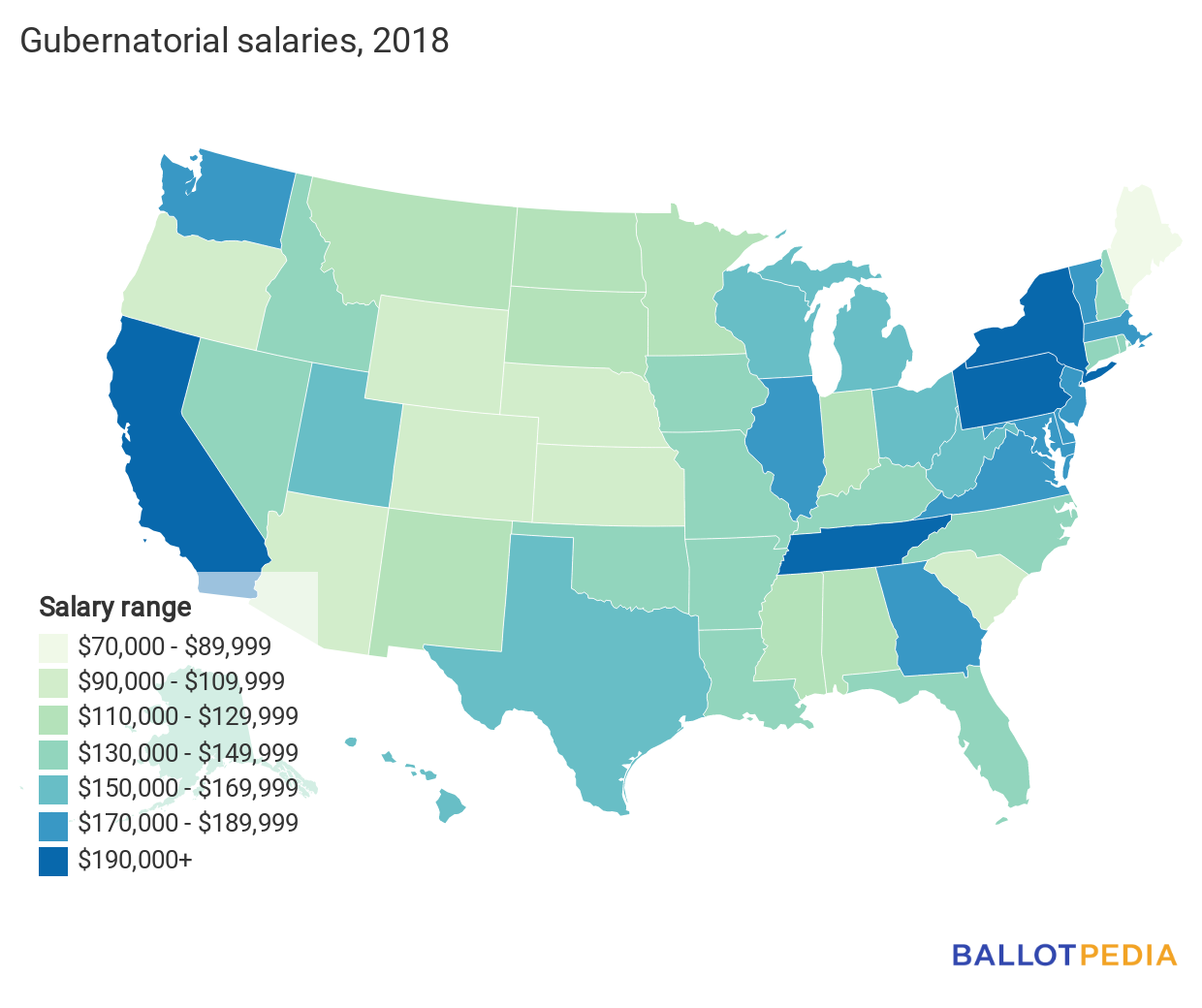Register for tomorrow's free briefing on upcoming redistricting
The official start of the 2020 Census is less than six months away—on April 1, 2020. Upon completion of the census, each state will draft and enact new district maps for the nation's 435 congressional districts and 7,383 state legislative seats across 99 chambers.
We’re holding a free briefing tomorrow—on October 9 at 11 a.m. Central Time—to discuss how the census affects redistricting and recent news developments ahead of this important process. Among the topics the webinar will focus on are:
- The different methods each state employs to redraw legislative districts and how upcoming elections may affect them,
- Decisions by federal and state courts—including the U.S. Supreme Court—that have influenced current and future district boundaries.
- Where and how the adoption of independent redistricting commissions in certain states has affected the process.
Redistricting will be a prominent topic in the months and years ahead, so you won’t want to miss this interesting webinar about what’s ahead. Click the link below to reserve your spot, and if you can’t attend live, we’ll send you an email with a link to the recording after it’s happened.
Gubernatorial salaries ranged from $70,000 to $201,680 in 2018
The salary of federal officials like the president, vice president, and members of Congress are set by law. The salary of the president was established at $400,000 in 2001 and cannot be changed during a current president’s term in office. The salaries of other federal officials were established in 1989 by the Government Salary Reform Act, which provides for automatic annual increases tied to a cost of living index.
The salaries of state governors are typically determined by a state's constitution or statute. In 2018, California Governor Jerry Brown (D) had the highest salary of the 50 state governors. Maine Governor Paul LePage (R) was the lowest paid. The average gubernatorial salary across all states was $143,270 in 2018—a 2.4% increase over 2017—according to figures published in the Council of State Governments’ 2019 Book of States.
The five governors with the highest base salaries:
- California Governor Jerry Brown—$201,680
- New York Governor Andrew Cuomo—$200,000
- Pennsylvania Governor Tom Wolf—$194,850
- Tennessee Governor Bill Lee—$194,112
- Massachusetts Governor Charlie Baker—$185,000
The five governors with the lowest base salaries:
- Maine Governor Paul LePage—$70,000
- Colorado Governor John Hickenlooper—$90,000
- Arizona Governor Doug Ducey—$95,500
- Oregon Governor Kate Brown—$98,600
- Kansas Governor Jeff Colyer—$99,636
In 17 states, gubernatorial salaries increased by, on average, $9,993, or 6.6%. Georgia had the largest salary increase of 25.6%. The salary of the governor in the remaining 33 states remained the same. In some states, gubernatorial salaries are automatically increased each year while in others, salary changes must be expressly passed by the state legislature.
Most often, the salary portion of a governor's compensation is defined by law, but additional benefits, such as insurance, official residence, and other work-related equipment may be established by state agencies, customs, or other methods. For instance, 45 states subsidize the governor's travel and 44 states have official gubernatorial residences.
47% of Brew readers have attended a school board meeting
Last week’s What’s the Tea? question was part of a series of questions we’re asking Brew readers in the weeks ahead as to whether they’ve ever participated or done certain things related to politics and policy, such as attending or speaking at governmental meetings or signing candidate or initiative petitions.
Ballotpedia covers school board elections in the 200 largest school districts by student enrollment and the school districts that overlap the 100 largest cities by population. In 2019, we’re covering elections for 542 school board seats in 188 school districts across 26 states. Collectively, these districts served 6,101,378 students during the 2016-2017 school year—approximately 11.7% of all public school students in the U.S.



